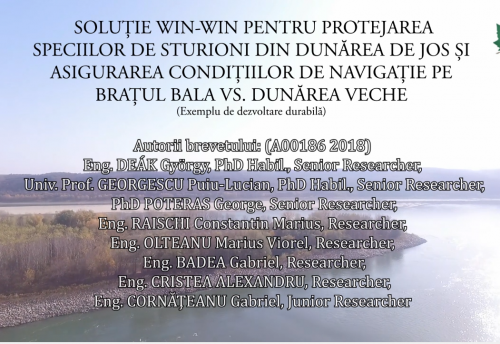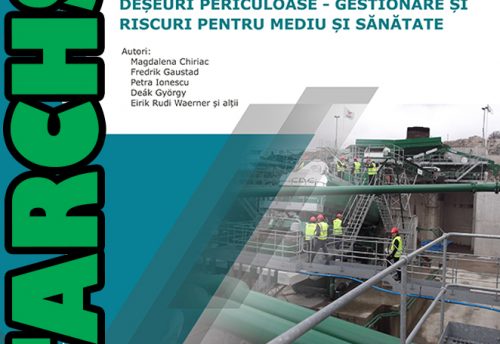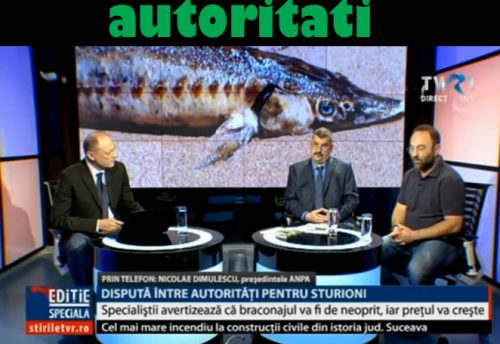The TV channel TVR3 broadcast a new documentary from the series “The Wild Kingdom, which had as main subject the conservation of the environment where sturgeons live, but also about the social impact of the ban for the communities along the Danube.
The old perception of the stopped fruit, which becomes all the more tempting as the protection rules become more drastic, is also applied to wild sturgeons. Thus, it seems that nothing is more harmful in the field of habitat protection than to ban fishing, without offering a dignified and concrete alternative for the subsistence of the communities in this area.
However, the reality remains and is more painful as there are viable solutions and sustainable alternatives and complementary to the simple legislation of the ban on sturgeon species on the Lower Danube, Delta and Black Sea.
Since 2011, The National Institute for Research and Development in Environmental Protection has been carrying out scientific activities, aimed at monitoring the behavior of ultrasonically marked wild sturgeons, during their migration for reproduction, from the Black Sea to the Danube River and vice versa. Over the years of monitoring, The Institute has faced various problems to ensure the efficiency and sustainability of this activity, which is dependent on both difficult hydrodynamic conditions (when floods or droughts are recorded) and weather conditions. (extremely high thermal values, freezing conditions, storms, etc.).
Taking these aspects into account, The Institute Monitoring Team designated for sturgeon monitoring, has developed techniques and procedures to ensure the sustainability and efficiency of this activity. At the same time, the monitoring team developed patents for inventions, based on the experience gained over time, necessary to solve various problems that endanger monitoring systems and, implicitly, can lead to the loss of databases.
Thus, at present, INCDPM has managed to collect and process a unique information volume at European level, regarding the behavior of ultrasonically marked sturgeons in the Lower Danube.



